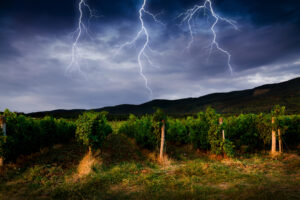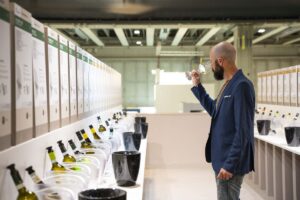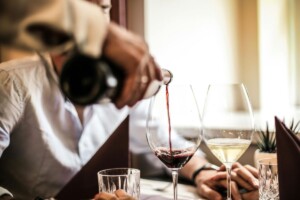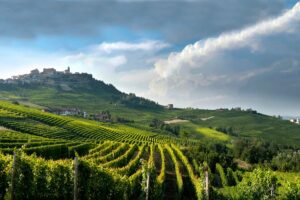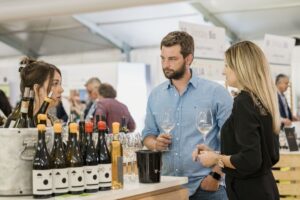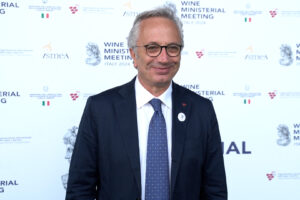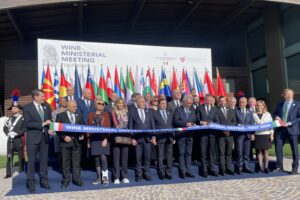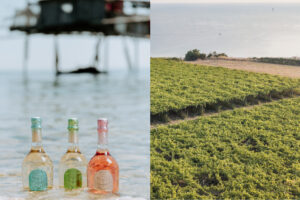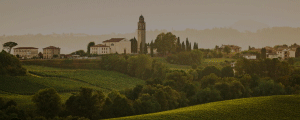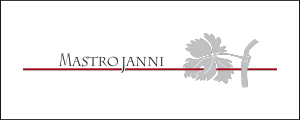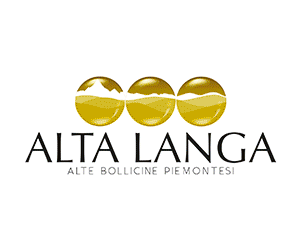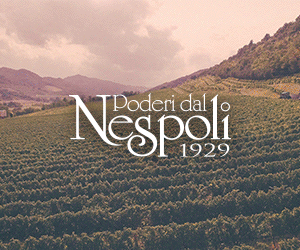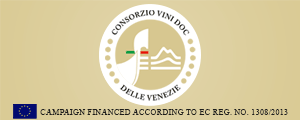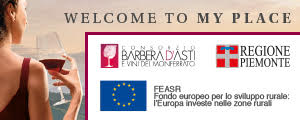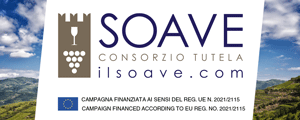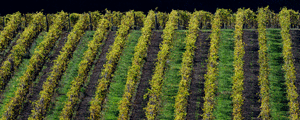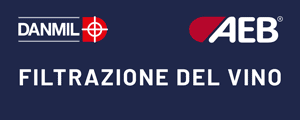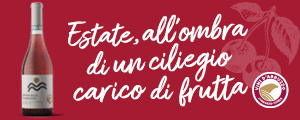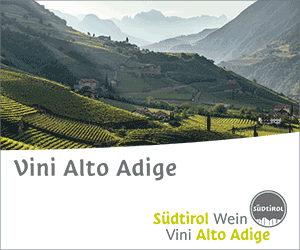Global climate is changing. New places for producing wine are being developed such as China and India, but also in the tropics or in extreme areas such as Scandinavia or Nova Scotia, where viticulture is beginning or returning. The demand for wine in the world is increasing, new markets are opening up, the tastes of wine critics and opinion leaders are also changing and requesting wines in which the use of the barrique is more elegant; that is, reduced and acidity is more important (a trend that the Masters of Wine have noted, even in the so-called “New World”).
The interexchange of bulk wine is more intense and the production and distribution of organic wines is increasing. But will the wine world stay bound to the canons we have known up to now? The Masters of Wine asked the question in Florence, "A new world of wine: how it is changing the map of viticulture", during the International Masters of Wine Symposium (Florence, May 15-18th 2014).
“At the end of 2013”, said Gregory Jones, a climatologist at Southern Oregon University, “climate change marked the fourth peak in rising temperatures over the last 50 years: it was hotter only in 1998. It seems the process of global warming is slowing down, while temperatures in the warmest parts of the year stay at very high levels. This is due especially to the fact that the Pacific Ocean absorbs part of this heat, but obviously will return it. Another aspect now is the fluctuation of temperatures in the winters, with peak temperatures, despite being more temperate in general. The change affects the entire globe. In the vineyards there are growing phenomena like the reduction of frost damage, alteration of the maturity profile of some varieties, a different response to the advance of phenological stages, the mutation of soil fertility, erosion of the soil due to less but more intense rainfalls and the increase of CO2 in the air. This latter phenomenon is probably able to affect aging times of wine. It is a series of events that affects the style of the wines and the prospect of change is very close indeed. It is a challenge that”, concluded Jones “will engage the entire wine industry at the level of searching for new ways both in the vineyard and in the cellar, alongside those global sustainability indicates”.
The narrative perspective of wine is an additional stress in the new dynamics that affect or will affect the absolute protagonist of this story: the vine.
“The genetic potential of the vine”, illustrated the geneticist and ampelographer José Vouillamoz”, has not yet been maximized and this gives the wine world many alternative futures, especially looking at the problems that arise and will arise from the changing climate. Three options are most important to counter this degree of severity for the vine, building individuals capable of responding to new demands: the intersection, hybrids and genetically modified vines. It is not so much a question of which is the best method or road”, continued Vouillamoz, “but rather how to engage in new experiments. In Bordeaux, for example, since 2009 they have been working on "particle 52" a vineyard in which more than 300 varieties other than those historically grown in the Medoc are cultivated. In short, the issue is to identify the future of vine varieties for wine. However, there are examples that already can be taken as starting points: Zinfandel in the U.S., Carmenere in Chile, Malbec in Argentina or Sagrantino in Italy, rediscovered by Caprai after decades of neglect. In all these cases the success of the vines was a true discovery”.
So, in fifty years, will the most important grape varieties be the same? The geneticist-ampelographer tried to predict the future: “I think that in France, the Counoise and the Verdesse grape varieties will become important and in Italy, despite the abundance of traditional varieties, Lagrein and the Sardinian Nieddera, rediscovered by Contini could emerge. The main features of these varieties are the intensity of color and lightness. For now, Tempranillo, Syrah, Cabernet Sauvignon and Merlot ‘win’”.
Understanding where the wine world is headed and above all what the margins of success and expansion of companies that are committed not only in multiple territories but also on several continents, is very difficult. In the words of Christophe Salin, CEO Domaines Baron de Rothschild, “we began to realize that we were successful one hundred years later and then we expanded beyond the borders of our Château”.
Copyright © 2000/2024
Contatti: info@winenews.it
Seguici anche su Twitter: @WineNewsIt
Seguici anche su Facebook: @winenewsit
Questo articolo è tratto dall'archivio di WineNews - Tutti i diritti riservati - Copyright © 2000/2024











